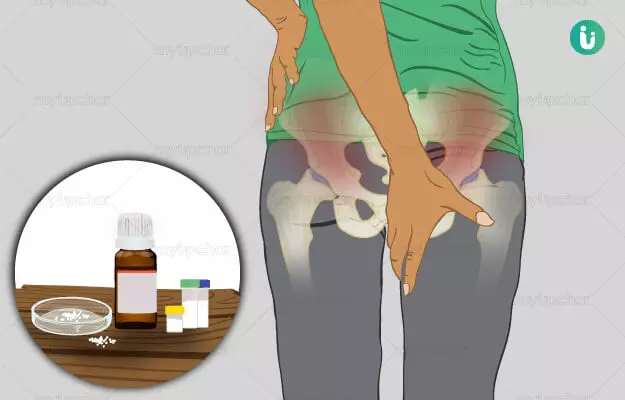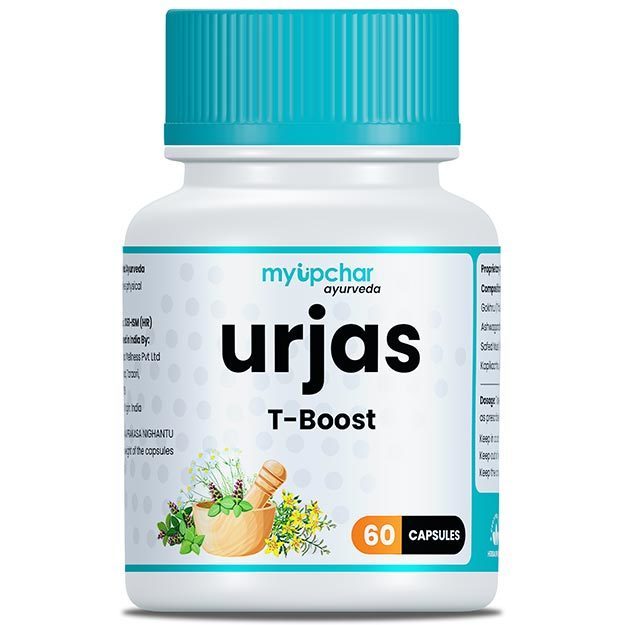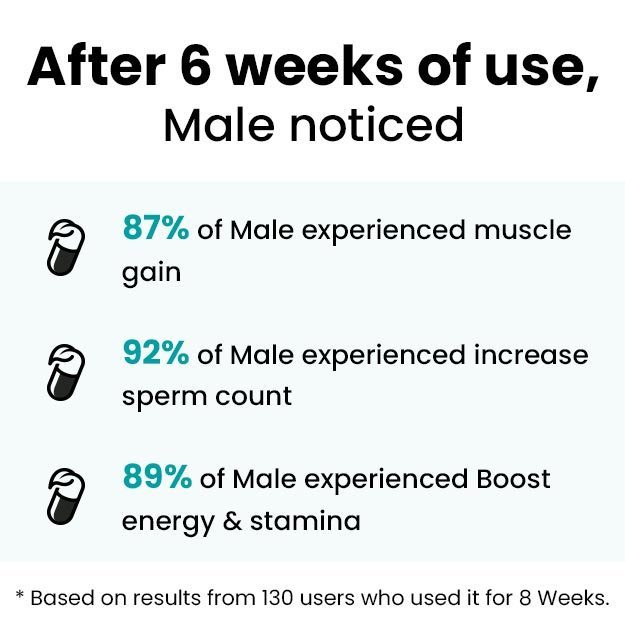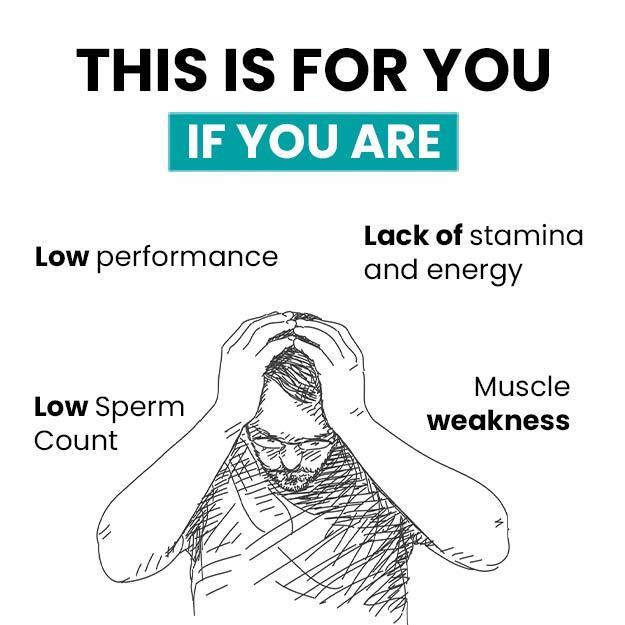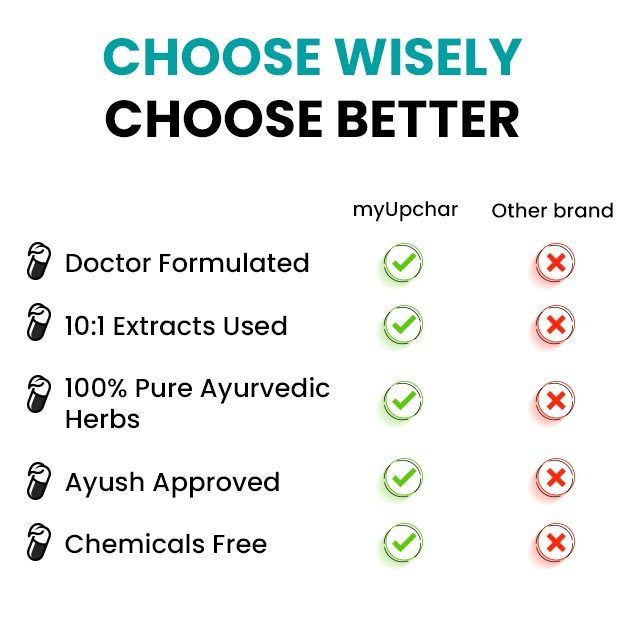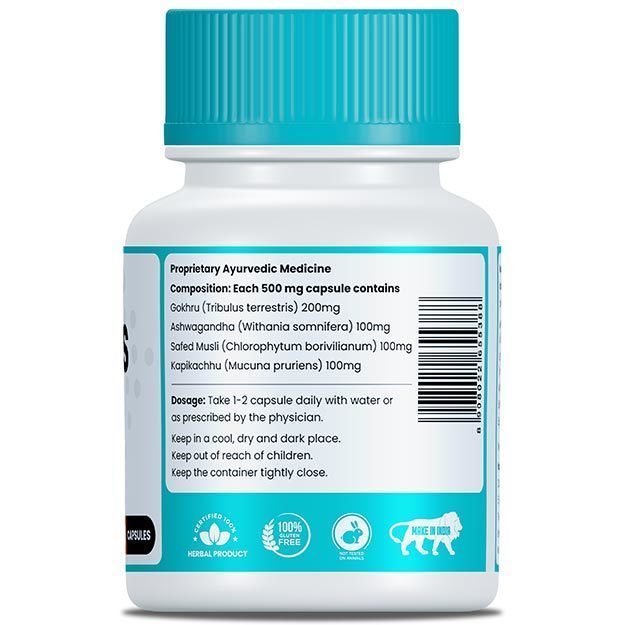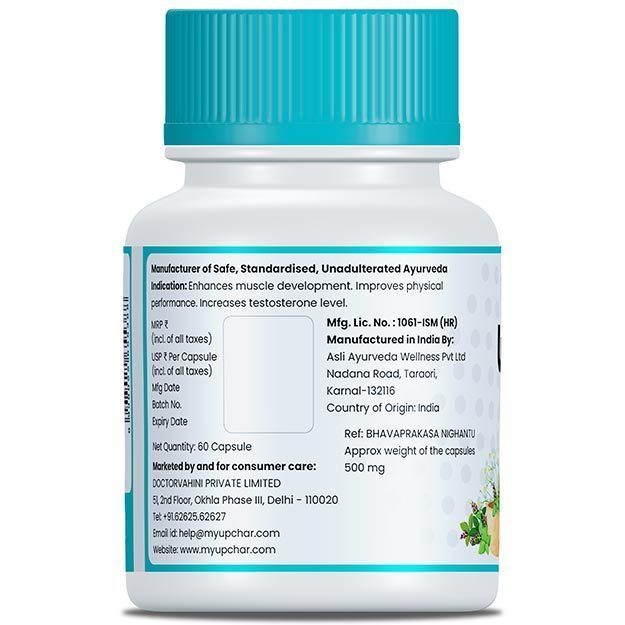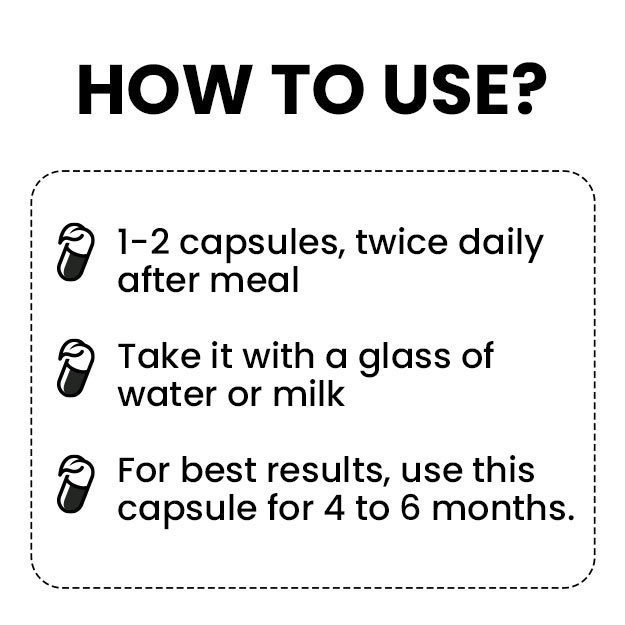Pelvic pain refers to pain that occurs in the lower abdomen area (below the navel and above the groin area). It occurs in both men and women but is seen more commonly in women. Problems in any of the reproductive organs, infections or pain in the pelvic bone might be the origin of the pain. The pain may last for a few minutes or even for a few days.
The causes of pelvic pain differ in women and men. Diseases affecting the urinary bladder, hernia, appendicitis, kidney infections, broken pelvic bones, problems in the intestines and nerve conditions are some of the possible causes of pain in the pelvic region in both women and men. Women also experience pelvic pain due to miscarriage; pregnancy; cramps during menstruation; fibroids; endometriosis; cancer of the ovaries, cervical cancer or uterine cancer; pelvic inflammatory disease; ovulation and other causes. Pelvic pain is thus a symptom occurring due to underlying conditions. The pain is termed chronic if it lasts for at least 6 months.
Pelvic pain is usually associated with other symptoms like menstrual pain, fevers, constipation, vaginal bleeding, chills, pain in the groin or hip area, bloating, pain during urination and having sexual intercourse and sometimes even diarrhoea. (Read more: Pain during sex causes)
Conventionally, the pain is treated by treating the underlying cause. The treatments are also based on the frequency and intensity of the pain.
Homeopathic treatment of pelvic pain also targets the underlying condition and helps provide symptomatic relief to the patient. However, homeopathy is a more personalised system of medicine. No two people are given the same remedy until they have the same mental and physical characteristics.
Some homeopathic remedies that are used for the treatment of pelvic pain are aesculus hippocastanum to provide relief from pain caused due to broken or bruised pelvic bones, arsenicum album and belladonna to provide relief from a burning type of pain; agarius muscarius, aconitum napellus and gossypium to reduce colicky pains and cramps; and magnesium phosphoricum and sepia officinalis to reduce a constricting and squeezing type of pain.
- Homeopathic medicines for pelvic pain
- Dietary and lifestyle changes for pelvic pain as per homeopathy
- How effective are homeopathic medicines and treatments for pelvic pain
- Side effects and risks of homeopathic medicine and treatment for pelvic pain
- Takeaway
Homeopathic medicines for pelvic pain
-
Aesculus Hippocastanum
Common Name: Horse chestnut
Symptom: Aesculus hippocastanum works on the back and the area of the lower bowel. This remedy works well for people who often experience backache and fullness in various parts of the body. It helps reduce pelvic pain caused due to a broken pelvic bone or bruises in the pelvic region. It also helps manage other symptoms like:- Throbbing pain in the pelvic region
- Weakness in the back across the sacroiliac joint (a joint in the lower back near the tailbone)
- Pain in the left side of the ureter (the urine-passing duct)
- Throbbing pain in the symphysis pubis (a joint connecting the left and right pubic bone)
- Pain in kidneys
- Pain in the navel region
Symptoms worsen after walking, in the morning, with motion, eating or standing; they become better in the presence of cool and open air.
-
Arsenicum Album
Common Name: Arsenious acid
Symptoms: Arsenious acid is recommended for people who worry a lot, have complaints typically experienced at the seaside and extreme tiredness after performing the least amount of activities. This remedy helps reduce the burning type of pelvic pain. It is also used to treat the following symptoms:- A stitching type of pain in the pelvis that extends to thighs
- Swelling and pain in the abdomen region
- Profuse menstruation
- Abdominal pain on coughing
- A weak feeling in the abdomen after urinating
- Backache along with a burning sensation in the back
Symptoms become worse after in cold and rainy weather, after consuming cold food and drinks, and after midnight. Symptoms improve in hot weather, on taking warm drinks and keeping one's head elevated.
-
Belladonna
Common Name: Deadly nightshade
Symptoms: Belladonna is known as the best remedy for children. This remedy helps reduce neuralgic pains; the sensations of twitching and pain in the body. It also helps reduce the following symptoms:- Oversensitiveness of the abdomen to clothes and touch
- A cutting pain–like sensation in the left side of the abdomen while coughing
- A cutting pain–like sensation from one side of the hip bone to the other side
- Heavy periods
- Labour pain–like sensations that come and go suddenly
- Pain in the sacrum (the tail bone) (Read more: Pain in the tailbone causes)
- A sensation as if there is a force pushing the internal organs downwards and the organs will protrude outwards at the genitals
Symptoms become worse after noon, on lying down or touching the affected area. The patient feels better when they sit in a semi-erect position.
-
Gossypium
Common Name: Cotton-plant
Symptoms: This remedy works well for those who are tall and deficient in haemoglobin. It reduces pelvic pain by improving menses and the irregular functions of the uterus. Cotton-plant also helps relieve the following symptoms:- Pain in ovaries that occurs at irregular intervals
- Thin and water like menstrual discharge
- A sensation of heaviness in the pelvic area along with backache
- Delayed periods
- Lack of appetite and a feeling of uneasiness during menses
- Gastric weakness and pain
- Agaricus Muscarius
Common Name: Toad stool
Symptoms: Agaricus muscarius is used to reduce pelvic pain that occurs with a numb, cold and tingling sensation. The following symptoms can be treated with this remedy:- Intense pain that is associated with a sensation of heaviness
- Stomach issues along with sharp pains in the liver area
- Heavy menstrual bleeding
- Back pain
- Pain and stiffness in the hips
Symptoms become worse in the presence of cold and open air, before a thunderstorm and after eating. They become better after moving slowly.
-
Aconitum Napellus
Common Name: Monkshood
Symptoms: Monkshood is given to those who complain that they feel a cold and tingling sensation inside their body. It helps reduce peritonitis, one of the possible causes of pelvic pain. This remedy also helps manage the following symptoms:- A burning sensation in the naval area; abdomen sensitive to touch
- Delayed and heavy periods
- Pain and congested sensation in ovaries
- Extreme weakness (lameness) in the thigh bone and hip joint after lying down
- A tingling and crawling sensation in the back
- Cracking in joints without pain
Symptoms worsen in dry and cold winds, in the evening and night, from smoking tobacco, and on lying down on the affected side. All complaints improve when the patient spends some time in open air.
-
Sepia Officinalis
Common Name: Inky juice of cuttlefish
Symptoms: Sepia officinalis works best for those who feel cold even in an otherwise warm environment. This remedy is effective in reducing weakness in women. It helps relax the pelvic organs and is effective in treating the following symptoms:- Weight-bearing sensation (a feeling that something is pushing down all the internal organs and they would come out through the genitalia)
- Delayed periods with minimal bleeding
- Pain in the rectum region that moves upwards
- Irregular and sharp pains during periods
- Chills and pain in the back
Symptoms become worse in damp areas, in the presence of cold air, before a thunderstorm and in the evenings. The patient feels better after exercising, taking a cold bath, applying warmth and pressure on the affected area.
-
Magnesium Phosphoricum
Common Name: Phosphate of magnesia
Symptoms: Phosphate of magnesia is given to those who feel often tired and lethargic and tend to fall ill due to mental exertion. This remedy helps to reduce a constricting and squeezing type of pelvic pain. Other symptoms that can be treated with this remedy are:- Bloating
- Early and painful periods
- Radiating pain and cramps
- Stomach gas and belching
Symptoms become worse at night, on lying on the right side and on touching the affected area. Symptoms become on putting pressure on the affected area and with warmth.
Dietary and lifestyle changes for pelvic pain as per homeopathy
Dr. Hahnemann, the founder of homeopathic medicine, recommended the following dietary and lifestyle guidelines to follow in order to achieve complete therapeutic benefit from the homeopathic medications. These guidelines have been recommended for acute as well as chronic pelvic pain:
Do’s:
- In the case of chronic pelvic pain, follow an active lifestyle, wear linen clothing in warm weathers and live in clean conditions.
- In the case of acute pelvic pain, satisfy your desires of eating in moderation and adjust your room temperature according to your comfort.
Don’ts:
- In the case of chronic pelvic pain, do not consume odorous water, herbal teas and spices. Avoid eating an excess of sweet and spicy foods.
- In the case of acute pelvic pain, try not to get overwhelmed and mentally excited.
How effective are homeopathic medicines and treatments for pelvic pain
Homeopathic doctors select remedies for acute pain based on the sensitivity of the pain and the character and mentality of the patient. For chronic types of pain, physicians probe the deeper roots of the patient’s nature and the disease.
A 24-week randomised, double-blind study was conducted in 2016 to test the efficacy of homoepathic treatment of pelvic pain and endometriosis in 50 women. The patients were given potentised oestrogen in the dose of 12C, 18C and 24C thrice a day for 24 weeks. The study results concluded that potentised oestrogen was effective in treating pelvic pain associated with endometriosis.
Side effects and risks of homeopathic medicine and treatment for pelvic pain
Homeopathic remedies are considered to be safe for use as they are made using extremely minute amounts of natural substances that are highly diluted before administration.
However, since homeopathy is a personalised medicine, it is best to take these remedies as per the dose and prescription of a qualified homeopathic physician.
Takeaway
Pain in the pelvic region (area between your naval and groin) may occur due to an injury, infection or an underlying condition.
Conventionally, physicians treat the underlying condition of the pain to provide relief to the patient.
Along with treating the underlying disease, homeopathic treatment aims to reduce the pain on the basis of the mental and physical make-up of the patient.
Following the do’s and don’ts while undergoing homeopathic treatment helps to achieve a faster and healthier recovery.
Homeopathic remedies are highly diluted preparations made from natural substances. These remedies are generally considered safe to use in both acute as well as chronic pelvic pain.
Find Homeopathic Doctor in cities
References
- William Boericke. Homoeopathic Materia Medica. Kessinger Publishing: Médi-T 1999, Volume 1
- British Homeopathic Association. https://www.britishhomeopathic.org/charity/how-we-can-help/articles/conditions/p/pain/. London; [Internet]
- Teixeira MZ, Podgaec, Baracat. Protocol of randomized controlled trial of potentized estrogen in homeopathic treatment of chronic pelvic pain associated with endometriosis.. 2016 Aug;105(3):240-249. PMID: 27473545
- Cleveland Clinic. [Internet]. Cleveland, Ohio. Pelvic Pain: Possible Causes
- International Scholarly Research. Complementary and Alternative Medicine in the Treatment of Chronic Pelvic Pain in Women: What Is the Evidence?. Volume 2013, Article ID 469575, 8 pages

